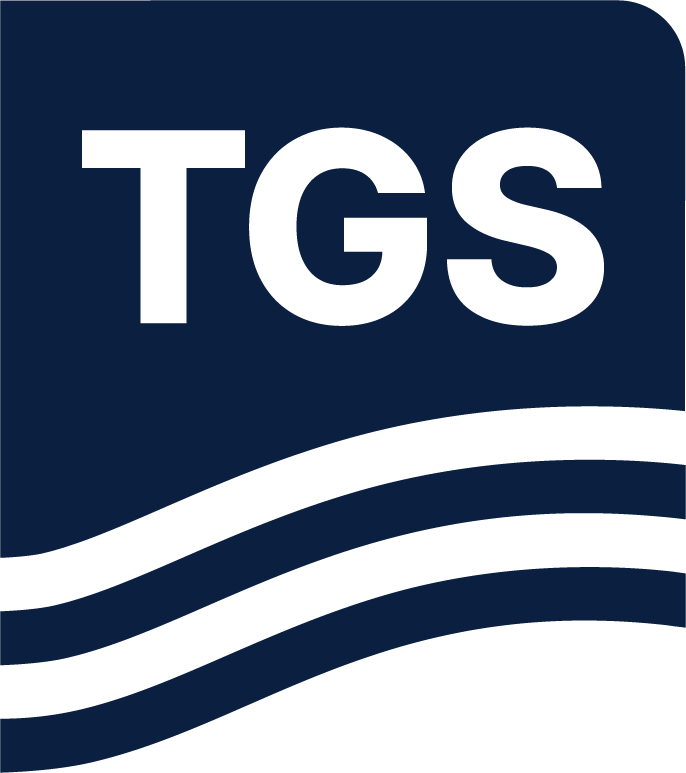First Published: First Break, September 2025, by David Little (TGS).
Introduction
Indonesia is emerging as a key region for frontier and Infrastructure-Led Exploration (ILX). To support exploration efforts, TGS has completed a comprehensive regional study that integrates
publicly available data with the latest seismic and well information. This integration enables the creation of high-resolution, calibrated facies maps across key petroleum system intervals, helping to identify play potential and assess prospectivity in underexplored parts of the basin. The results are delivered through an interactive online platform known as the Facies Map Browser (FMB).
Indonesia has a well organised national data repository where vintage data can be accessed. The country has a large volume of 2D data but this varies widely in vintage and quality. TGS matched and merged the available datasets into a single interpretable volume. We called this transformation a 2Dcubed and use this 3D volume to gain a regional overview. This was the
study baseline that enabled structural framework and consistent regional interpretation that was calibrated to 86 exploration and appraisal wells.

3D view example depositional facies map draped over 2Dcubed seismic (Red polygon projecting
the Kojo block).
Detailed well interpretation, including sequence, chronostratigraphic, and lithostratigraphic picks, as well as gross depositional environment (GDE) and facies, are part of the study. With inputs derived from cutting descriptions, core data, well correlations, seismic facies interpretations, and biostratigraphic reports. Specific attention was paid to the lithological interpretation, particularly the variation and gradation within the dominant carbonates of the region, feeding into the wider depositional model, building upon the hydrocarbon story that already exists.
Read the full article here.

